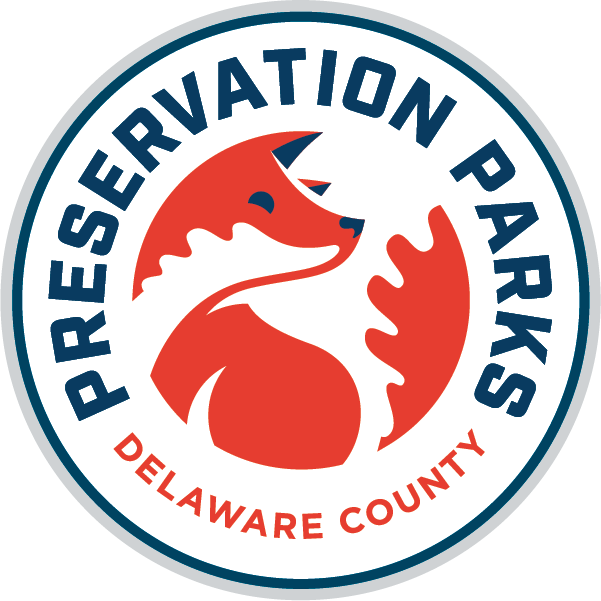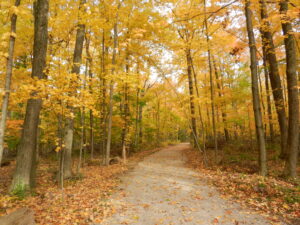By Shelby Seas, Seasonal Naturalist

With the fastest growing housing rate of any county in Ohio—it is no surprise that Delaware County residents may experience some wild tenants moving into their homes and yards. When we develop natural spaces, we are often times displacing local wildlife and forcing them to find new places to den and raise their young. The alternate dens they resort to can be in our garages, chimneys, attics, or other places around our homes and yards.
This is an unfortunate situation for wildlife and humans alike, but there are many different solutions based on the type of animal or location they have chosen to make their home. However, there is one removal strategy that is both illegal and harmful to wildlife, and that is trapping and relocating them somewhere besides the property upon which they were found.
Dropping off or relocating nuisance animals in the parks is prohibited by Preservation Parks rules and regulations and is also illegal in many states, including Ohio. It is incredibly harmful to wildlife because it leaves them with almost no chance of survival. The woodland areas around our parks may look very similar to the woodland areas near your home, but they could not be more different to wildlife. Imagine that someone kidnaps you and drops you off in a new house that you are unfamiliar with. Then, there are people who already live there, and they are not interested in sharing anything with you. And on top of that, you also don’t have any food or water and you don’t know where to find any.
These are the type of conditions that wildlife experience when they are dumped in an area that is not their home. In fact, more than 70% of relocated animals die soon after relocation due to stress, starvation, dehydration, and aggression from the resident animals. Relocating an animal can also introduce diseases, such as rabies, distemper, and Lyme disease, into an area that didn’t previously have any outbreaks.

While we all enjoy seeing wildlife in our yards, there are sometimes situations where they get a little too close for comfort. When this happens, there are some other techniques to test out before forcefully having them removed.
First, it is very important to determine what is attracting the wildlife, and then try to remove the resource. For example, if they are currently occupying an empty space, you can try flushing them out using unpleasant sounds or smells. Loud music at night, rags soaked in apple cider vinegar (not ammonia), and bright lights can all turn a desirable space into a not-so desirable one fairly quickly. Then, once you have removed the animal, make sure to block access to that location or resource in case they try to return. Wildlife-proofing your home may require some upkeep, but it is a great long-term and humane way to prevent unwanted wildlife encounters.
If you continue to have issues, contact a service that can help you deal with nuisance animals in a humane way. One local company is SCRAM! Wildlife Control who is affiliated with the Ohio Wildlife Center. They provide “no-kill animal exclusion and prevention solutions to human-wildlife conflicts.” All proceeds from their services support the Ohio Wildlife Center’s non-profit rehabilitation and conservation education efforts. You can reach them at 614-763-0696.






